The Golden Glove press conference with Fatih Akin, Heinz Strunk, Jonas Dassler and Margarethe Tiesel
Straight off the bat at the press conference to Fatih Akin’s wicked competition film Der Goldene Handschuh, the writer-director set things straight announcing: “I wish we had a world without serial killers.” The film graphically hones in on the notorious “the slut killer” who was prevalent in 1970s Hamburg and doesn’t shy away from its explicit content. Akin noted, how could it? It’s a film about murder and sexual violence and you need to show it regardless of how difficult that may be. Akin did admit he was chuffed with his 18 rating certificate: “I was a bit proud. I was showing off to my son.”
Akin also cast his mind back to his origin story as a filmmaker and the difficulty to do genre in European filmmaking. He noted: “I think I became a filmmaker because of horror. In Germany genre is difficult. How do you do genre without copying Americans? I was doing genre but it has to scare me.” Romero’s Zombie movies were the first films he watched as a child. They will forever be burned in his memory. With imagery such as that in his mind he really has to push the limits of what will truly scare him as a filmmaker.
Akin admitted that this movie might not be for everyone. It is brutal and grotesque and he understands that that is bound to make it polarising. Especially since he had to give Honka a bit of humanity. How else can you translate the evil man into a cinematic character? “I had to show this brokenness and be accurate.” He felt a similar responsibility towards Honka’s victims: “They had to be narrated in such a way that they had the will to live.” With that he lauded the prowess of his actors, “[they] are the reason I make films“.
The director gives much credit to the details that existed in Strunk‘s book of the same name. “I am a fan of the novel. I think it’s a fantastic narrative. Some things I wasn’t sure about. I didn’t know if I could translate this madman and monster. Stronk manages to give him that dignity. The victims but also the murderer have their dignity. I didn’t know I was up to that as a director.” Strunk added, “One thing, I do think the film version was successful. When I heard he took out the rights I was delighted. Preferred candidate”. The pair even went and looked for the Golden Glove bar together. It was one of many pursuits to unveil rich details and provide accuracy in the film. “This precision was fantastic. He arranged it quite cunningly.”
Conversation swiftly pivoted to the young actor Jonas Dassler who assumed the role of the monstrous killer. When asked how he could understand the character he was frank that it was a “long story of preparation on many levels. Firstly with the book, then this real-life character of Fritz Honka. At one point you have to stop and deal with the real person of Honka. I had to find my own interpretation of Honka searching for a kind of normality in his life.” Admittedly, it was a challenge for him to deal with this destroyed biography.
The intense mask Dassler dons throughout the film is horrifying. It was essential for Akin to give him this monster mask. Most significant because that is how the real Honka looked (you can see his mugshot on the cover of Strunk’s book) but also he is informed by Stanislavsky’s understanding of developing a character from the outside in. Akin saw how it could be achieved, citing Gary Oldman’s costuming in Darkest Hour as well as Anthony Quinn as Quasimodo in The Hunchback of Notre Dame. “I remembered Anthony Quinn, that always scared me. That memory and that trauma were triggered in me as a kid, I wanted to use some of that in the film.” Dassler’s mask included a complex structure including several specialist contact lenses, which covered the entire eye. He could only use for them in 20-30 minutes intervals because the eyes lacked oxygen. In spite of that the actor shrugged off the difficulty of stepping in and out of the brutal role. He spent hours being made up and it was only “between those procedures, I was playing the role”.
Mary-Catherine Harvey
Photo: Abdulhamid Hosbas/Anadolu Agency/Getty Images
Read more reviews from our Berlin Film Festival 2019 coverage here.
For further information about the event visit the Berlin Film Festival website here.

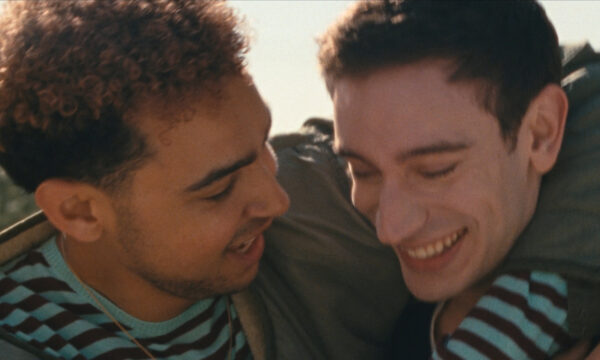
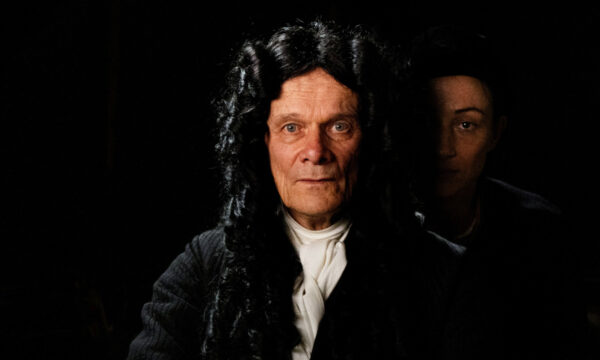
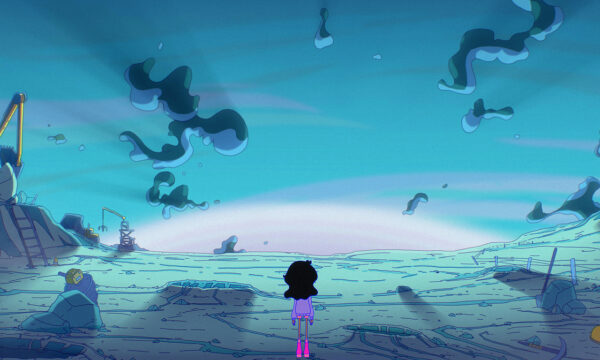
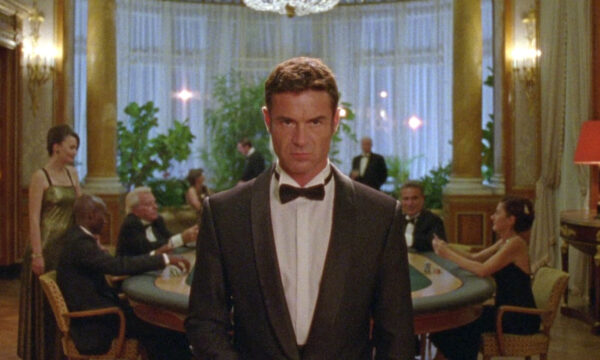
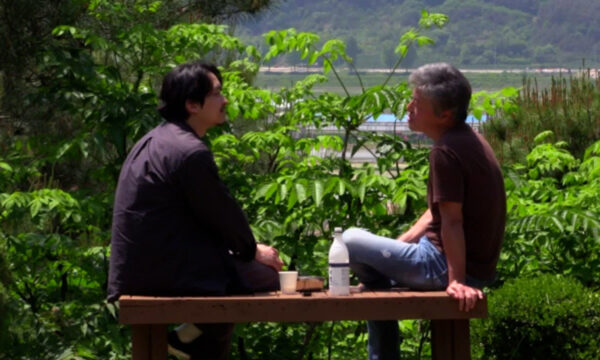
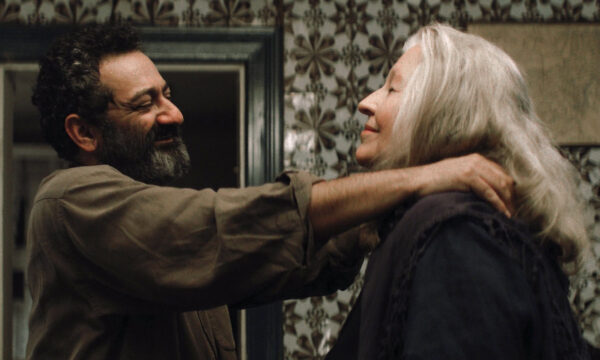
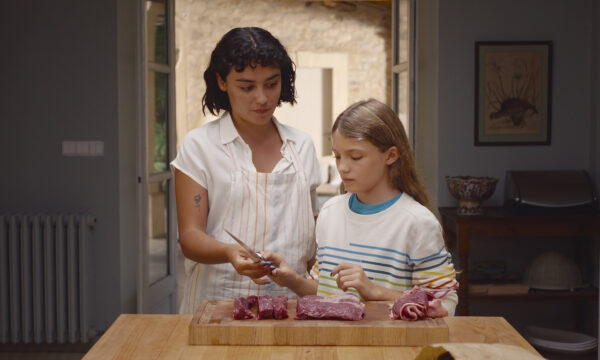
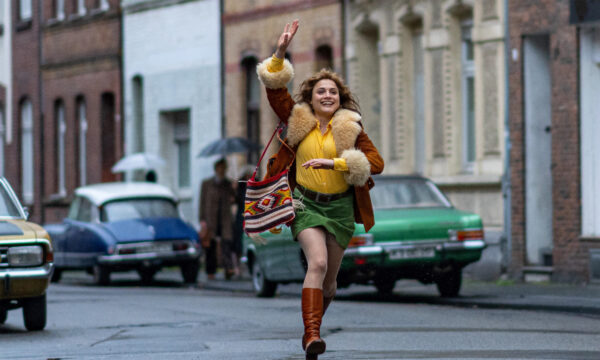
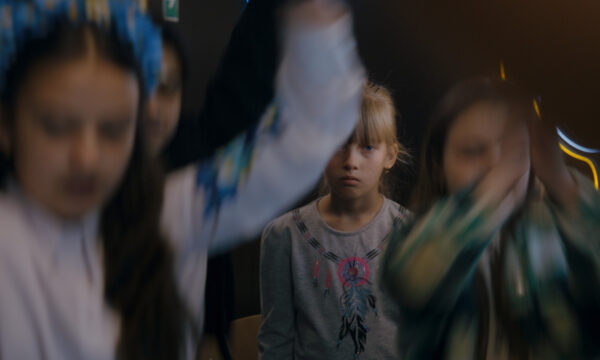














Facebook
Twitter
Instagram
YouTube
RSS